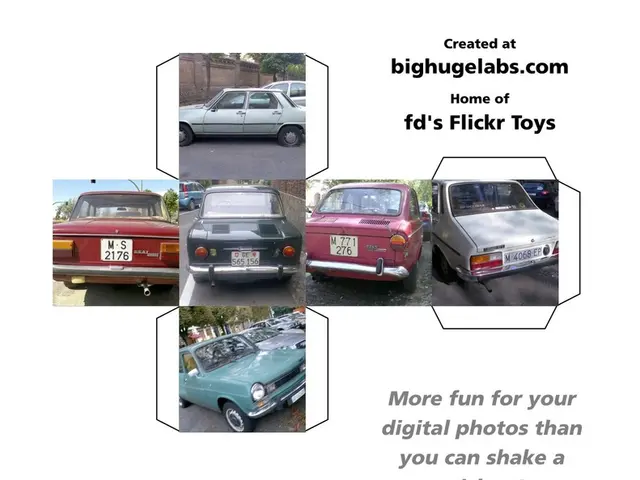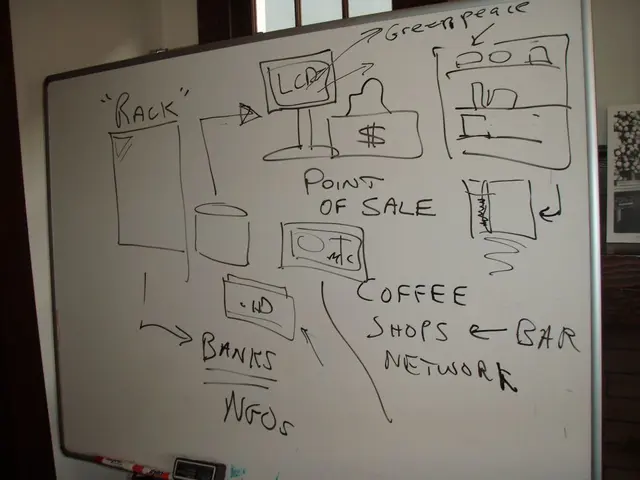Digital Twin Service Market Set to Soar to $399.40 Billion by 2034, Advancing at a 37.24% Annual Growth Rate
In the rapidly evolving digital landscape, a new trend is gaining momentum: Digital Twin-as-a-Service (DTaaS). This revolutionary approach is particularly popular among Small and Medium-sized Enterprises (SMEs) and startups that require scalability without committing to long-term contracts.
According to Ananya Mehta, Principal Consultant at Precedence Research, DTaaS represents a paradigm shift, democratizing access to real-time asset intelligence, predictive analytics, and operational agility.
One leading global healthcare provider has already reaped the benefits of DTaaS. By implementing a DTaaS platform, they have enhanced the performance and reliability of their hospital equipment fleet, resulting in a 30% reduction in equipment downtime and a 15% reduction in operating expenses related to equipment management.
The US digital twin-as-a-service market is projected to grow significantly. In 2024, it was valued at USD 4.13 billion and is expected to reach around USD 99.96 billion by 2034, growing at a Compound Annual Growth Rate (CAGR) of 37.53% from 2025 to 2034.
Hybrid cloud models are expected to gain accelerated traction as enterprises balance flexibility with regulatory compliance. In terms of deployment, the public cloud currently dominates the DTaaS market due to cost efficiency, scalability, and widespread accessibility.
The healthcare and life sciences sector is emerging as the fastest-growing vertical for DTaaS adoption. Hospitals, pharmaceutical companies, and medical device firms are turning to digital twins for patient monitoring, clinical trial optimization, and precision healthcare delivery.
Supply chain and logistics management is another use case quickly gaining momentum. Companies are leveraging digital twins to enhance efficiency, improve traceability, and mitigate risks.
AI/ML-driven predictive analytics are the fastest-growing technology driver in DTaaS, enabling real-time forecasting, anomaly detection, and scenario modeling. From a technology perspective, IoT and sensor integration lead adoption, enabling real-time monitoring of equipment, supply chains, and infrastructure. AI/ML and predictive analytics are expected to experience a surge, transforming how digital twins forecast asset performance, detect risks, and enable scenario-based optimization.
Industry 4.0 is accelerating demand for interoperability, scalable simulations, and data-driven decision-making, fueling widespread deployment of DTaaS. The surge in DTaaS adoption is driven by the need for cost-efficient digital transformation and the convergence of cloud computing, IoT, and AI-powered analytics.
Subscription-based DTaaS models dominate the landscape, offering enterprises predictable costs and continuous access to evolving cloud services. Large enterprises hold the lion's share of the DTaaS market, but small and medium-sized enterprises (SMEs) are rapidly catching up, aided by subscription-based models and cloud-native solutions that minimize upfront costs.
North America accounted for nearly 35% of the global DTaaS market in 2024, with the United States being the powerhouse, driven by early adoption across aerospace, automotive, and healthcare industries. Asia Pacific is projected to record the fastest CAGR during 2025-2034, spearheaded by China, Japan, and India. China leads the regional push with significant investments in smart manufacturing, urban digital twin projects, and IoT-driven industrial automation.
Europe has witnessed strong adoption of DTaaS solutions, especially across automotive, energy, and industrial sectors, with Germany leading the market due to its Industry 4.0 initiatives and widespread use of digital twins in automotive engineering and factory automation.
DTaaS offers cloud-based digital twin platforms on subscription or pay-per-use models, reducing heavy infrastructure costs and providing real-time monitoring, performance optimization, and predictive maintenance. In North America, leading providers include Newforma, which offers cloud-based AECO project management and digital twin solutions through its Newforma Konekt platform in partnership with TD SYNNEX Datech. Netcon Americas also provides advanced infrastructure and engineering technology solutions relevant to digital twin applications.
Within the DTaaS market, the platform segment holds the dominant share, while the data and analytics layer is emerging as the fastest-growing component, fueled by the rising importance of predictive insights, anomaly detection, and real-time decision-making.
Read also:
- Digital Colour Transition: Embracing Digitization Prior to Artificial Intelligence
- In 2025, the Internet of Things (IoT) sensor technology is transforming intelligent industries significantly.
- Government entity DPIIT collaborates with arch-competitor Ather Energy of ride-sharing giant Ola, aiming to fortify the electric vehicle manufacturing infrastructure
- Enhancing Plant Productivity through LCCP Audit by FUCHS LUBRICANTS








